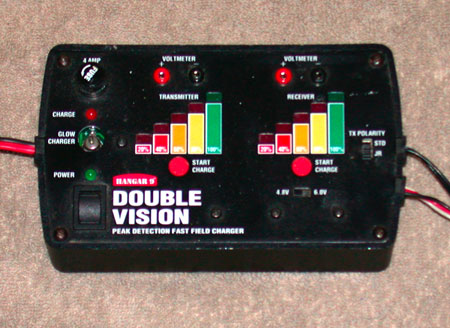This is a collection of a couple of articles that Espen Torp orignially wrote about the history of the RaceM / Racemachine project.
Here is some background on the RaceM F3F, RaceM F3B and Racemachine competiton sailplanes from a couple of articles that Espen Torp originally wrote. Some editing applied!
Joakim Stahl, Matthias Carlsson and Stefan Wahlberg from Sweden developed the Racemachine for the 1999 F3B season. It was made with European conditions in mind but they also used it in the 1999 World Championship F3B. They were not particularly successful the first year and many thought they had gone the wrong way when choosing a relatively small wingspan compared to the trend at the time. They faced some problems in the beginning but there were never any doubt in their minds that they had a winner. After the Championship they made a longer fuselage for the V-tail and then a cross-tail. The extreme wing shape gave tremendous lift for the winch start and was clearly a big factor. But the flying characteristics in both distance and speed also gave them something extra. Thermal duration was never a problem with this design. Suddenly the Racemachine became easy to master and they began to win competitions with it.
In the 2001 F3B World Championship Sweden managed 3rd place in the teams classification.
Pasi Vaisanen made the podium (3rd) at the F3J World Championship in 2002.
Before the 2003 World Championship F3B in Germany they made the wingspan 20 cm longer and both Pasi Vaisanen and Joakim Stahl came very close to winning the Championship. They ended up 3rd in the Team competitions together with Henrik Karhusaari, who also flew an old Race Machine. This surely made it clear that the Swedes once again proved their capabilities. Pasi Vaisanen holds the current unofficial F3B speed record with 13.87 set in the Eurotour in Finland in 2003. In the same competition Joakim won with the big Racemachine.
ET-AIR and Richard Frawley got the chance to buy a mould set in 2001 but were given a two year ban from using it in F3B as part of the contract. Clearly the Swedes did not want competition from their own model and the ban was respected.
So, after a long wait the RaceM is finally ready for the commercial market. There are two basic versions called F3F and F3B. Both have UMS (HIGH MODULE CARBON) in the spar. Wingspan for the F3F version is the original 296cm and for the F3B version the span is increased to 315cm. Both versions can in fact be used for both F3F and F3B, it is a matter of taste. The bigger version may prove to have advantage in the start, duration and distance. For the F3F class both types can be good but the smaller version can probably tackle more wind and rougher conditions.
The RaceM comes with a two piece wing.
Standard lay-up will be one layer Carbon 93 and balsa for the F3F and ROHAcell for the F3B version.
Two types of V-tail are currently available, the proven all moving system taken from the Compact 2 and a one piece standard V-tail with flippers. There are plans to develop a X-tail but cannot give a time estimate for this.
The fuselage is originally made from the Ellipse 3 by Jaro Muller. It was redeveloped by Milan Janek for the Wizard Compact 2 and then made longer in the tailboom and fitted with the root section of the RaceM. New all moving V-tails were made and now we also offer a one piece V-tail taken from the Wizard F3B (no longer in production).
When the fuse was first made the nose was kept as it was from the Compact. Now we use a longer nose to offer a lower overall weight and easier radio installation.
The RaceM is truly joint venture product. The wings are made by Marian Maslo and the fuselage and the V-tail are made made Milan Janek of Wizard Compact fame. Quality control, packing and shipping is also done by Milan Janek. The brand new mould for the RaceM F3B was developed and made by Marian Maslo.



 The 7700-01 is an update of one of my most used Dremel tools, my original red and black, 7.2 volt MultiPro model 770. In fact, when I went to buy this new tool I thought I was just getting another one like I already owned. I wanted a second unit and there was a good sale at the local Ace store. I travel to different flying spots in different states quite often and previously had forgotten my Dremel while hastily packing the flight box. No more, I wanted a tool for the road and this is the one!
The 7700-01 is an update of one of my most used Dremel tools, my original red and black, 7.2 volt MultiPro model 770. In fact, when I went to buy this new tool I thought I was just getting another one like I already owned. I wanted a second unit and there was a good sale at the local Ace store. I travel to different flying spots in different states quite often and previously had forgotten my Dremel while hastily packing the flight box. No more, I wanted a tool for the road and this is the one!